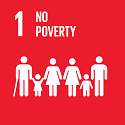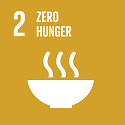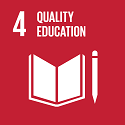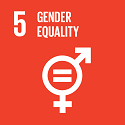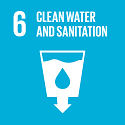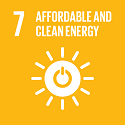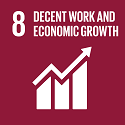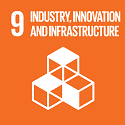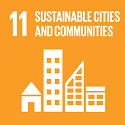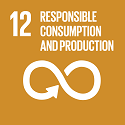Ethiopian Industrial Park: "Outside the Fence"
Challenge
How does an emerging market investor ensure an enabling, accelerating, environment for success in a cost-effective manner?
As a principal investor in Ethiopia’s greenfield flagship industrial park, DFI’s client faced numerous hard and soft infrastructure challenges in “outside the fence”, i.e. beyond the four walls of the investment.
“Outside the fence” challenges included worker training (soft and technical skills), water & wastewater, hazardous waste disposal, an efficient customs and transportation network, housing and healthcare, energy and communications, and the like. Meanwhile, the country’s growth ambitions – to achieve middle income status by 2025 – depended upon attracting global corporations and generating the massive job growth and export diversification the country required.
Approach
- Gap Assessment: In coordination with the Government at national and local levels, DFI led an assessment of existing and planned hard and soft infrastructure to identify gaps, needs, and potential IFI funding to develop sustainable growth and access to markets:
- Hard Infrastructure: Local, regional and national infrastructure, including roads, railways, reliable water supply, wastewater, energy, environmental protection, communications, sanitation, customs 1-stop shop, etc.
- Soft Infrastructure: Ability to source trained and motivated workers at various skill levels, health services including urgent care, and the regulatory, policy, and planning environment to support efficient Park operations.
- Aligned Stakeholders: With gap assessment in hand, DFI convened investors, government and IFIs / donors in an invigorating workshop to align “outside the fence”, investor and government needs with donor interests and capacity. A collaboration framework was developed earmarking priority workstreams.
- Steering Committee: To maintain progress, DFI chaired a steering committee of key stakeholders that facilitated donor interest and investment.
Outcomes
- Mobilized $350 M for hard and soft infrastructure in and around the flagship Hawassa Industrial Park, the largest garment and textile park in Sub-Saharan Africa
- Read more about the Hawassa Industrial Park in a case study published by the World Bank - Looking Beyond the Horizon
Partners
- AfDB, GIZ, GEF, JICA, WB & IFC, DFID, among others
-
Municipal Government, Regional Government (SNNPR), Federal (Offices of Prime Minister, Ministry of Finance, Ethiopian Investment Commission, Industrial Park Development Corporation), Ethiopian Textile Industries Development Institute

